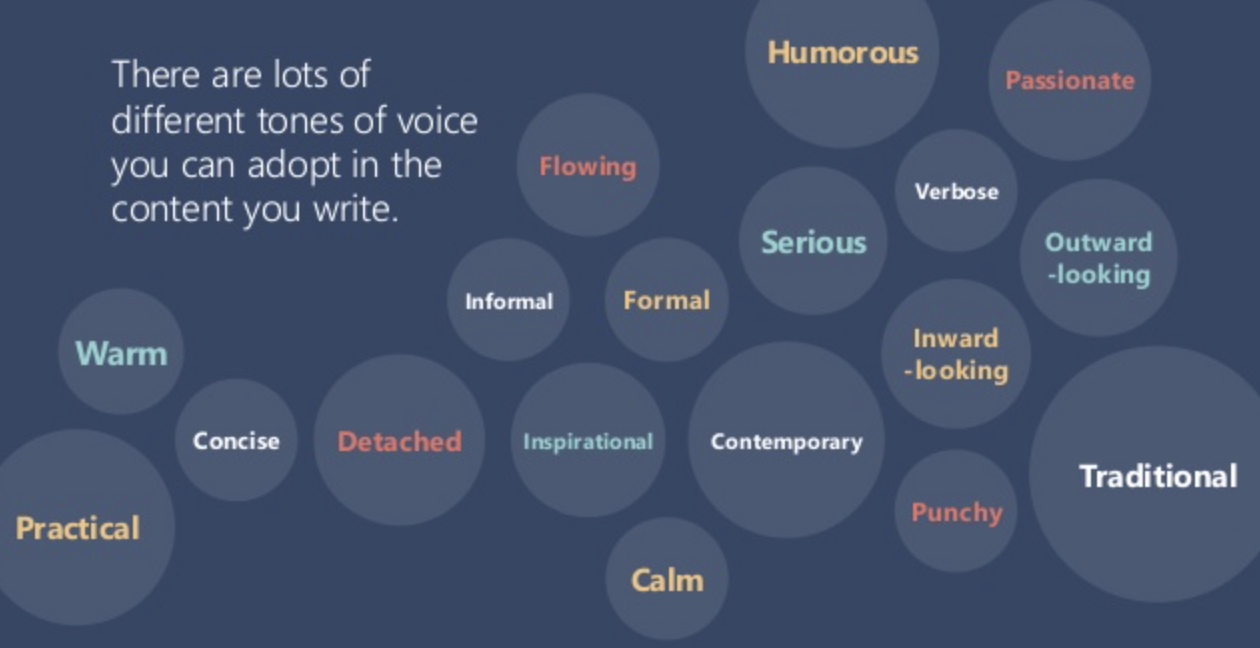"A direct word-for-word translation does not make content cross cultures, it makes it crash against them."
Translating YouTube videos into other languages can be a great way to reach a wider audience. However, there are some common mistakes people make that can reduce the quality and impact of the translations. Avoid these 10 mistakes when translating your YouTube videos:

1. Not proofreading the translated captions
One of the biggest mistakes is not carefully proofreading the translated captions. Machine translation tools like Google Translate have improved, but they still make errors. Not double checking the captions means errors, inconsistencies, incorrect translations, and mistimed captions will make it into the final video.
Take the time to thoroughly review the translated captions, ideally with a native speaker, to catch any issues. Pay attention to the timing and synchronization of the captions as well.

2. Not adapting for cultural differences
Videos made for one culture may not resonate the same way in another. Things like humor, slang, metaphors, and references to people/events won't necessarily translate.
Cultural Elements to Adapt
| Element | Examples |
|---|---|
| Humor | Jokes, sarcasm, irony, satire, wordplay |
| Idioms | "Raining cats and dogs" "A piece of cake" |
| Slang | Trendy casual words like "lit", "bae", "squad goals" |
| References | Allusions to people, places, events, media |
| Traditions | Holidays, celebrations, customs |
| Values | Societal values like individualism vs. collectivism |
When translating videos, be aware of cultural norms and adjust the translations accordingly. For example, you may need to replace idioms or jokes that won’t make sense. Doing proper cultural adaptation will help the video be more effective.
3. Not translating descriptions
Focusing only on the spoken words and not also translating video descriptions is a big missed opportunity. These textual elements help viewers find and understand your videos.
Make sure to translate descriptions to help non-native speakers find the videos through search.

4. Using only machine translation
Machine translation tools have improved a lot, but they still make mistakes in grammar, meanings, and nuance. Relying solely on tools like Google Translate will result in lower quality translations.
Machine Translation Errors to Watch For
| Error Type | Example | How to Fix |
|---|---|---|
| Incorrect word meanings | "He kicked the bucket" translated to "He physically struck a bucket with his foot" | Have translator review for correct meanings |
| Poor grammar | Improper conjugation, missing words, wrong structure | Use grammarly or other tools to catch grammar issues |
| Missed nuance | Sarcasm, metaphor, humor lost in translation | Consult with native translators on nuance |
| Unnatural style/tone | Translations that sound robotic, stiff, or unnatural | Have translator adapt to a natural style/tone |
| Typos | Typical typos that also occur in translation | Run spell checker on finished translation |
The best practice is to use machine translation as a starting point, then have a human translator edit the captions to polish them up. This balances speed and quality.

5. Not adapting tone/style for the language
Different languages have different linguistic styles. What sounds natural in one language may seem stiff or unnatural when directly translated.
Have translators adapt the tone, style, and voice when translating videos. Make the translations feel like they were originally made for that language audience. This helps the video be more watchable and persuasive.

6. Not translating on-screen text
Videos often have on-screen text like labels, graphics, signs, etc. Not translating these leaves non-native viewers unable to understand parts of the video.
Make sure to translate any on-screen text using graphics editing tools. Overlay the translated graphics on the original video. This completes the viewing experience.

7. Using only subtitles instead of captions
Subtitles only show spoken words, while closed captions include non-speech audio like sound effects. Viewers with hearing impairments rely on captions.
When translating videos, provide closed captions, not just subtitles. This makes the videos more accessible to millions of viewers. Most translation tools easily support closed captions.

8. Not hiring native translators
Fluent non-native speakers can still miss nuances in language translations. The best practice is to hire native speakers to translate videos into their language.
A native translator will provide the most accurate, natural, and culturally adapted translation. Prioritize working with professional translators native in the target language.
9. Not translating keywords in descriptions
Keywords in video descriptions help YouTube’s search algorithm understand the content and serve it to the right users. Often creators put the most important keywords in English.
Keywords to Translate in Descriptions
| Keyword Type | Examples |
|---|---|
| Niche terms | Specific terms used regularly in your niche or industry |
| branded terms | Names of products, technologies, or companies referenced |
| Defining adjectives | Adjectives commonly used to describe your content type |
| Genre descriptors | Genre or category terms that apply to your content |
| Names of people | Any referenced people important in your niche |
| Locations | Relevant geographical locations mentioned |
Be sure to translate the keyword-rich parts of descriptions rather than just copying the English descriptions. This helps non-English users find your translated videos more easily.

10. Rushing the translation process
Good translation takes time and should not be rushed. However, creators often want to publish translated videos as quickly as possible.
Build extra time into your translation process. Rushing will result in lower quality translations with more errors. Take the time to do it right, even if it delays publication slightly.
Key Takeaways
Avoiding these common mistakes will help you produce higher quality and more impactful translations:
- Proofread translated captions closely
- Adapt content for cultural relevance
- Translate all text, not just spoken words
- Use human translators to polish machine translation
- Adapt tone and style for the language
- Translate on-screen text and graphics
- Use closed captions, not just subtitles
- Hire native translators
- Translate keyword-rich parts of descriptions
- Build in time and don't rush the process
Producing excellent translations enables you to effectively reach more viewers. This expands your audience, increases watch time, and helps spread your content further. By avoiding these key mistakes, you can unlock the power of translating your YouTube videos.
FAQ
1. What are the benefits of translating my YouTube videos?
Translating your videos opens up your content to a huge new global audience. People who don’t speak your language can now understand and share your videos. This expands viewership, increases watch time, builds your global brand, and helps spread ideas further. Even auto-translated captions see higher clickthrough rates. Overall it makes your videos accessible to more people.
2. What translation options do I have with YouTube?
YouTube offers automated machine translation of captions through its subtitle tools. However, relying solely on machine translation creates poor quality translations. The best option is using machine translation as a starting point, then having a professional human translator edit the captions to polish them up. You can also work with translation companies that combine tech and human expertise.
3. What parts of my videos should I prioritize for human translation?
Focus any human translation budget on your most important text and subtitles. This includes video titles, descriptions, keywords, and thumbnails. It also includes translating captions for complex, nuanced sections that require more accuracy. Use human effort where machine translation falls short.
4. How do I adapt my videos for other cultures?
Different cultures have different communication norms, values, references, humor, etc. You need to adapt the tone, style, and content of your videos when translating them. Understand the target culture’s preferences and taboos. Adjust idioms, slang, humor, etc that may not translate well. The goal is to make it feel like the video was made for that audience.
5. How much does it cost to translate a 10 minute video into Spanish?
Translation costs depend on the language and the level of human involvement, but as a benchmark, translating a 10 minute video into Spanish with a professional service will likely cost $150-$300. Machine translation would be cheaper but sacrifice quality. Budget more for translations into less common languages.
6. Can I crowdsource translations from my viewers?
You can invite viewers to contribute translated captions, but this is risky. Non-professionals will likely produce lower quality and inaccurate translations. Stick to experienced translators if you want polished, culturally adapted translations. Crowdsourcing does not produce reliable results.
7. What tools do professional translators use?
Professionals combine translation memory software like MemoQ, machine translation APIs, dictionaries, glossaries, and their expertise to translate videos efficiently while maintaining quality. Don’t rely on just Google Translate. Actual humans still provide the best results.
8. How do I add translated captions to my YouTube videos?
You can upload translated caption files in YouTube Studio. Go to the Subtitles section, click Add new subtitles or CC, then choose the language and upload the .SBV or .VTT caption file. Make sure to properly time and sync the captions to match the video.
9. Should I translate videos myself with my language skills?
Avoid attempting translations yourself unless you are truly bilingual/fluent in the target language. Even advanced non-native speakers miss cultural nuances. Professional native translators will produce much higher quality results. Focus your efforts on subtitles that truly require your expertise.
10. Is translating my old popular videos worth it?
Yes, translating your evergreen top-performing videos can reinvigorate them and reach new audiences. Use YouTube Analytics to identify popular videos worth translating based on long-term consistent views. Then get those key videos translated to boost their performance further.




